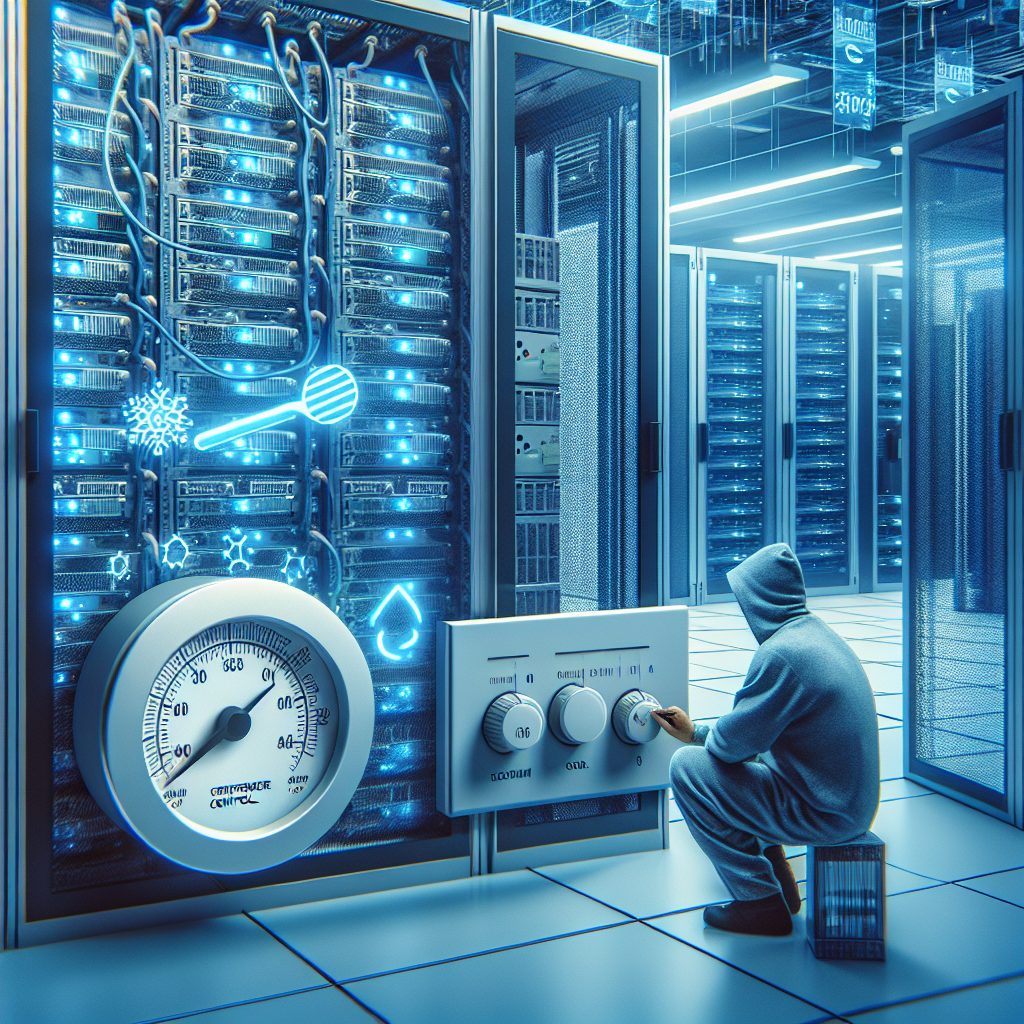Best Practices for Maintaining Temperature Control in Data Centers
Data centers are the backbone of modern businesses, housing the servers and networking equipment that keep operations running smoothly. One critical aspect of data center management is maintaining temperature control to ensure that the sensitive equipment housed within stays running at optimal levels. Here are some best practices for maintaining temperature control in data centers:
1. Implement a Hot Aisle/Cold Aisle Layout: One of the most effective ways to manage temperature in a data center is to design the layout with hot aisles and cold aisles. This layout involves arranging server racks so that the fronts face each other in one aisle (cold aisle) and the backs face each other in another aisle (hot aisle). This setup helps to prevent hot and cold air from mixing, improving airflow and cooling efficiency.
2. Use Containment Systems: Containment systems, such as aisle containment or rack-level containment, can help to further segregate hot and cold air within the data center. By enclosing the aisles or individual racks, containment systems prevent air from escaping and improve the efficiency of cooling systems.
3. Monitor Temperature and Humidity: Regular monitoring of temperature and humidity levels in the data center is essential for maintaining optimal conditions. Investing in a temperature and humidity monitoring system can help to detect any fluctuations before they become a problem.
4. Optimize Airflow: Proper airflow is crucial for maintaining temperature control in a data center. Ensure that server racks are spaced out appropriately to allow for adequate airflow, and use blanking panels to fill in any gaps in the racks to prevent hot air recirculation.
5. Regularly Clean and Maintain Cooling Systems: Dust and debris can accumulate in cooling systems over time, reducing their efficiency. Regularly clean and maintain cooling systems, including air filters, fans, and cooling coils, to ensure they are operating at peak performance.
6. Implement Redundant Cooling Systems: To prevent downtime in the event of a cooling system failure, it is advisable to have redundant cooling systems in place. This could include backup HVAC units or a secondary cooling system that can kick in if the primary system fails.
7. Consider Eco-Friendly Cooling Solutions: As data centers consume a significant amount of energy for cooling, it is worth considering eco-friendly cooling solutions, such as using outside air for cooling or implementing evaporative cooling systems, to reduce energy consumption and environmental impact.
By following these best practices for maintaining temperature control in data centers, businesses can ensure that their critical infrastructure remains operational and efficient. Proper temperature management not only helps to prolong the lifespan of equipment but also contributes to energy savings and overall cost efficiency in data center operations.


